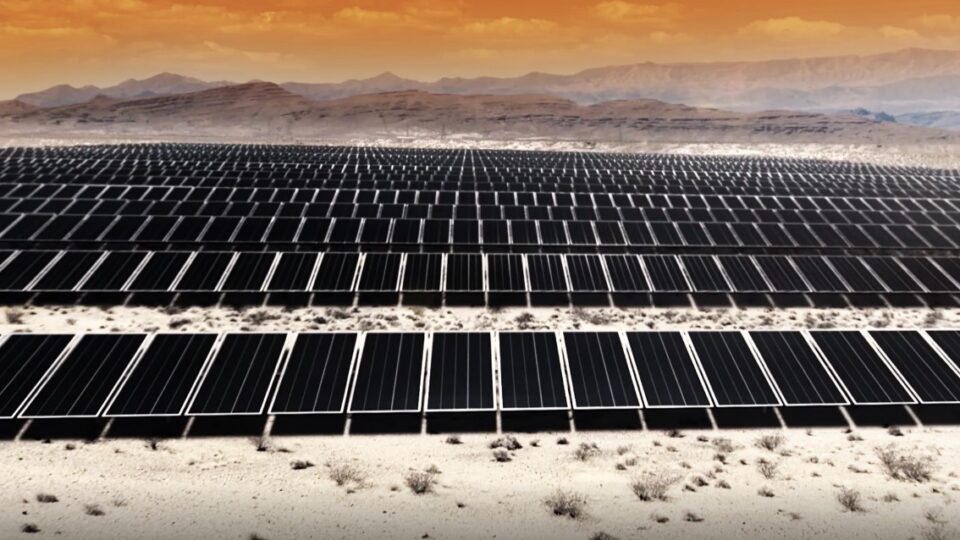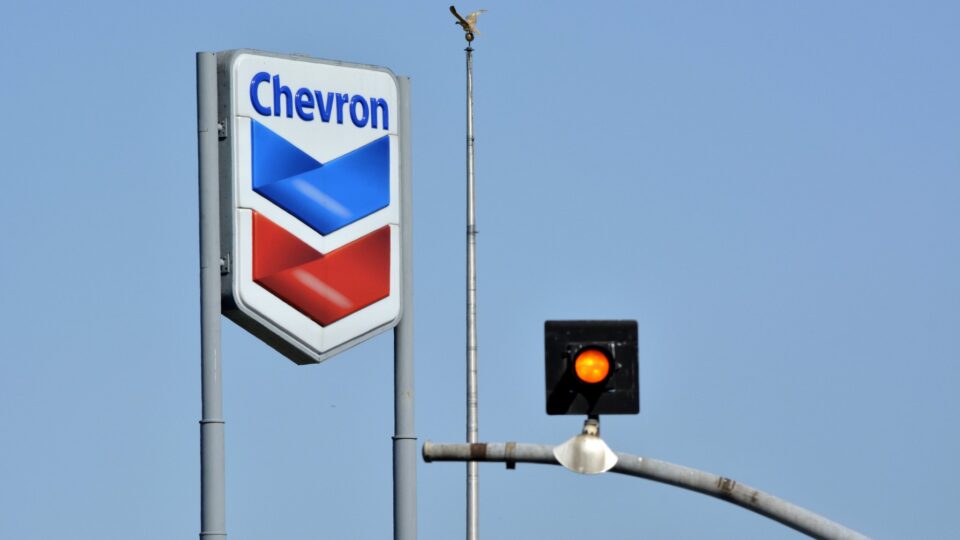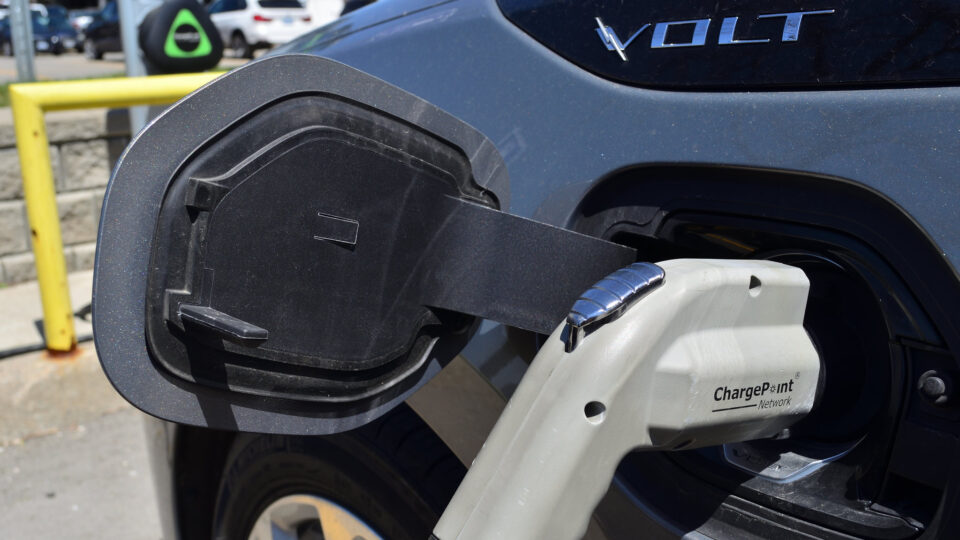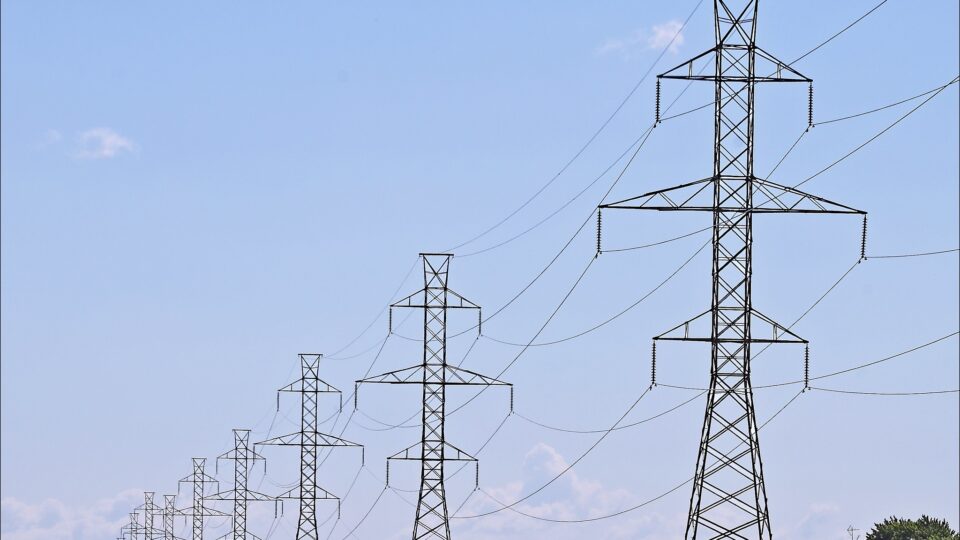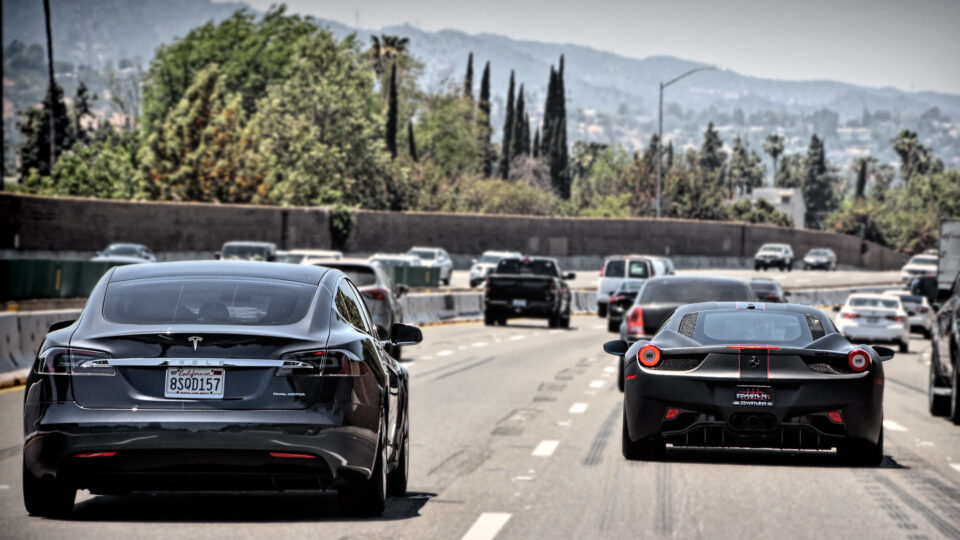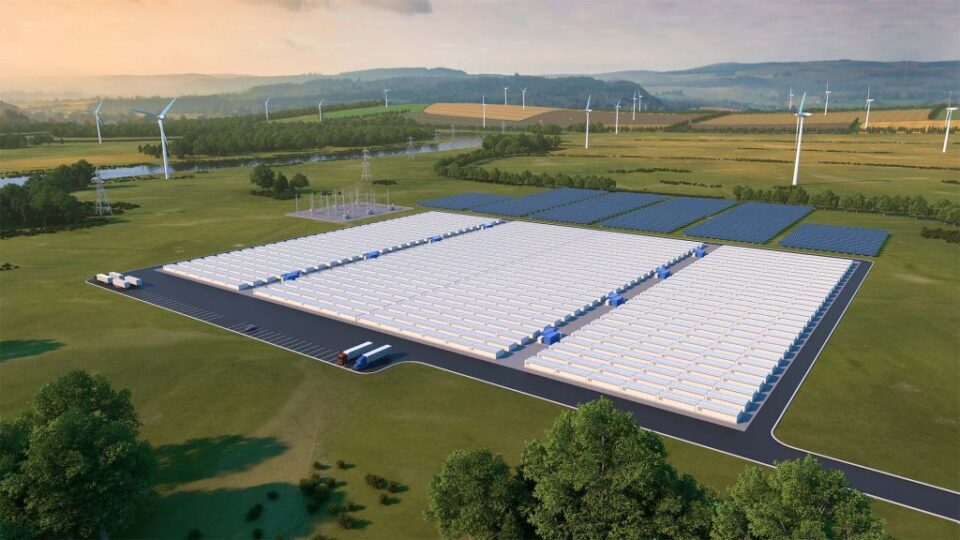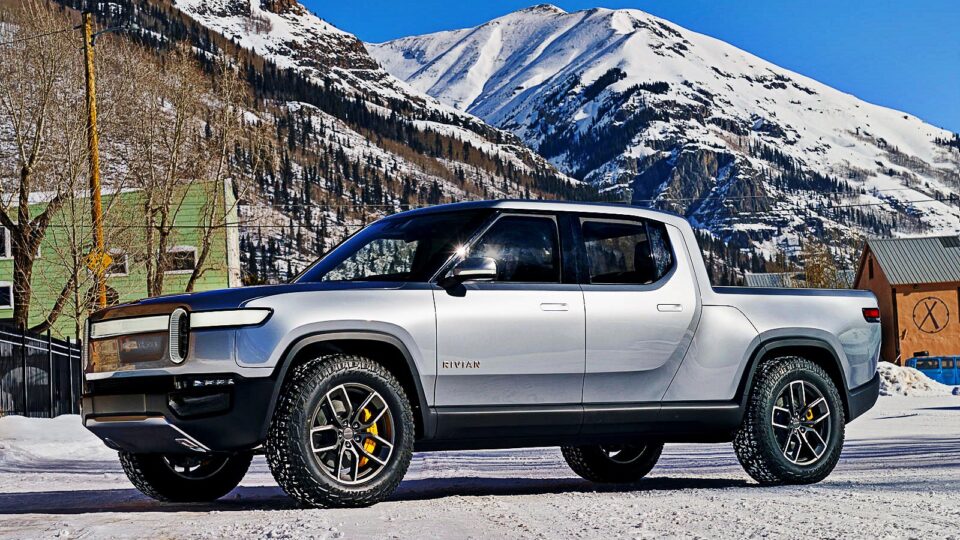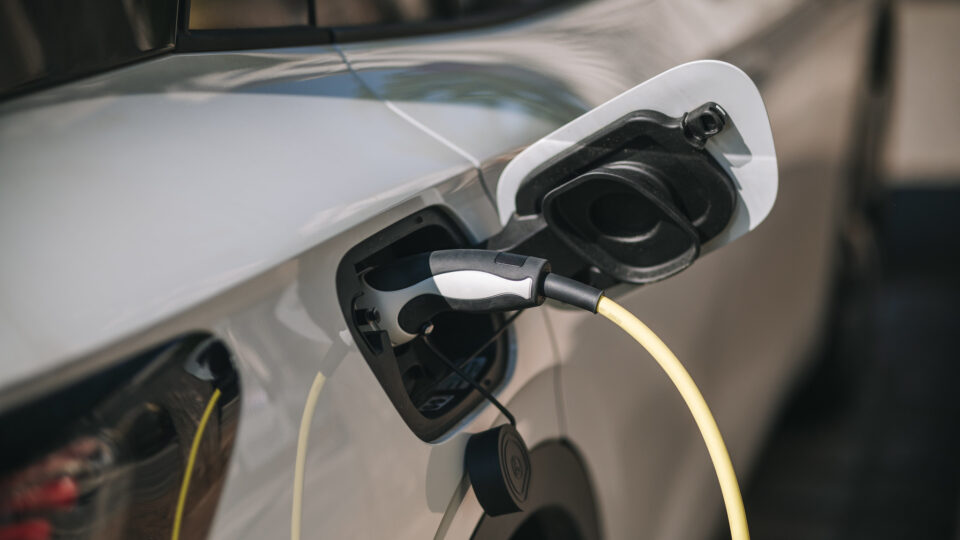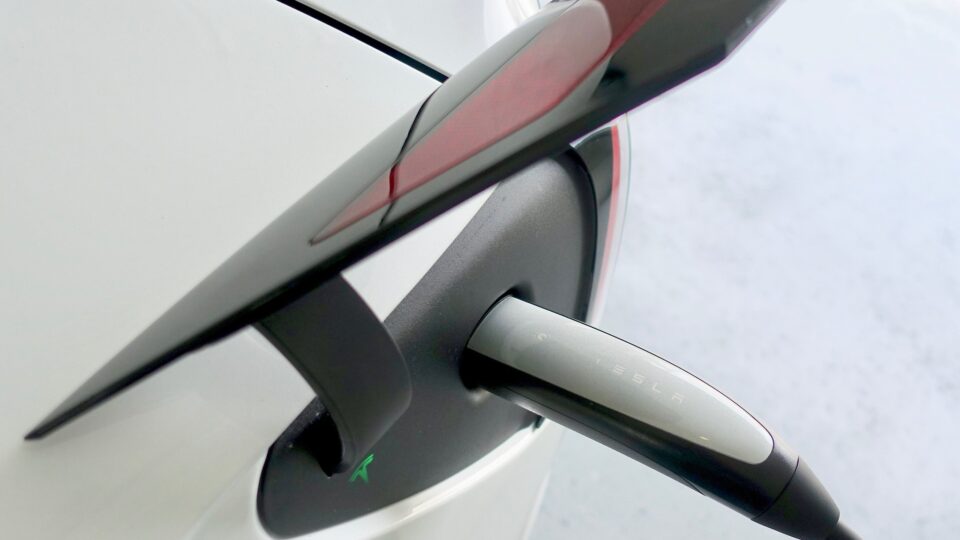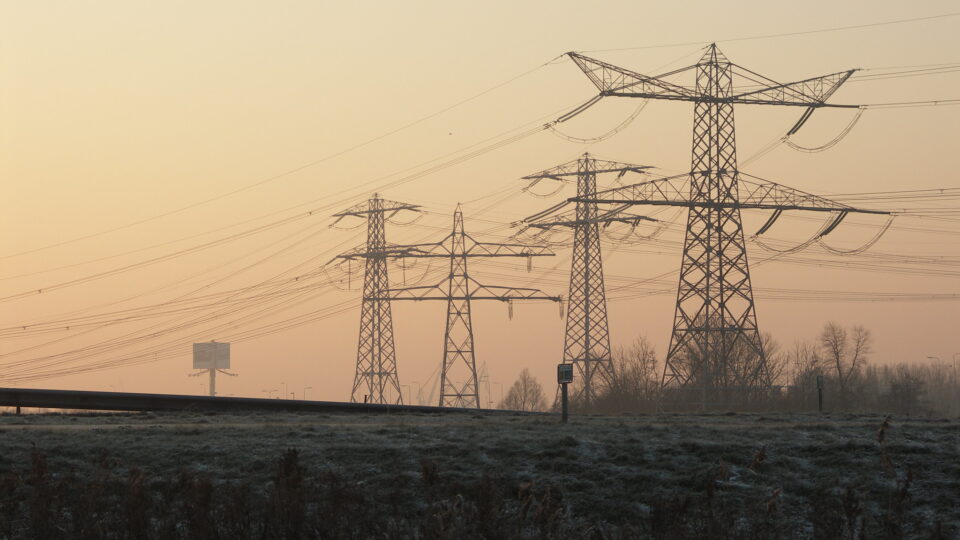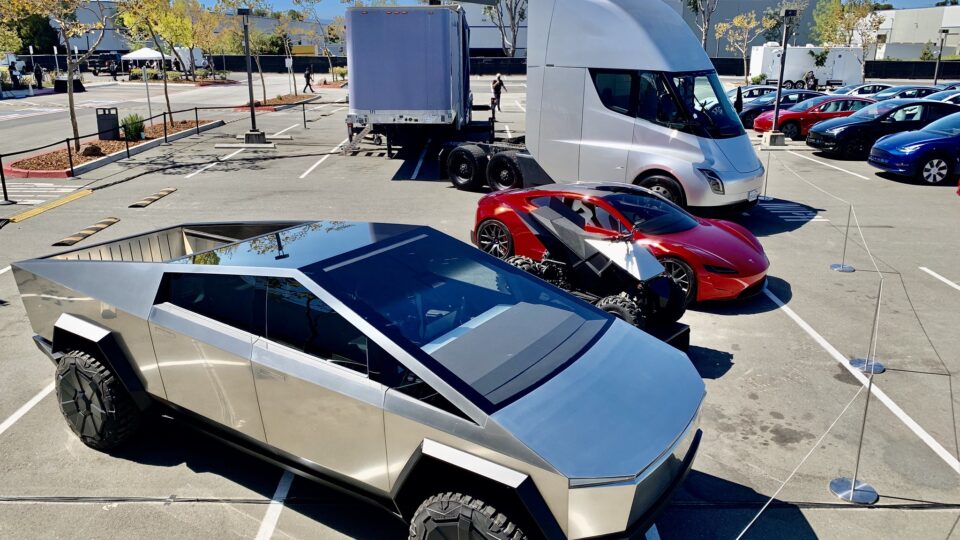One of the country’s largest co-located solar and battery energy storage projects is now fully operational. The Gemini Solar+Storage project is located in Clark County, Nevada, about 30 minutes outside of Las Vegas.
The project’s 1.8 million solar panels can generate up to 690 megawatts of electricity, which is enough to supply about 10% of Nevada’s peak demand. The facility is co-located with 380 megawatts of 4-hour battery storage, which is enough to supply Nevadans with 1,400 MWh of power after sundown.
The project makes use of a unique storage configuration that allows the storage system to be charged directly from the solar panels, resulting in increased efficiency and maximizing the capture and storage of solar energy.
The project has minimized the environmental impacts to the nearly 5,000-acre site. Primergy, the project developer, took measures to leave vegetation in place, installed solar panels to follow the ground’s natural contours, and reduced the overall footprint by more than 20% through careful design. The project created 1,300 union and prevailing wage jobs and contributed $483 million to Nevada’s economy.
Solar facilities are increasingly co-located with battery storage plants. There is a huge project in Kern County California that includes 1.9 million solar panels capable of generating 875 megawatts of solar power and storing 3,287 megawatt-hours of energy. The deserts of the southwest are prime locations for such facilities.
**********
Web Links
Photo courtesy of Quinbrook Infrastructure Partners.
Earth Wise is a production of WAMC Northeast Public Radio
